‘There must be something ghostly in the air of Christmas,’ wrote Jerome K. Jerome in the introduction to his darkly comic collection Told After Supper (1891), ‘something about the close, muggy atmosphere that draws up the ghosts, like the dampness of the summer rains brings out the frogs and snails’. Dickens would no doubt agree, as well as anyone who grew up in the 1970s and was scarred for life by the BBC’s annual Ghost Story for Christmas. It is often assumed that this is a tradition inaugurated by the publication of A Christmas Carol on December 19, 1843. But Dickens had been channelling something much more ancient, something, in fact, much older than Christmas itself. These are the fireside tales of the Winter Solstice, when our Neolithic ancestors worshipped their death and resurrection gods and the Germanic tribes celebrated Yule, when the wild hunt rose and the Draugr – the ‘again walkers’ – gave up their graves on the darkest day of the year. People have always got together at this time of the year. And as these pagan echoes blend with quasi-Victorian religiosity, like rum and ginger in a winter punch, folk are bound to tell some pretty strange stories. When the unnamed framing narrator of Henry James’ seminal ghost story The Turn of the Screw listens to a friend reading the eerie manuscript, for example, it is on Christmas Eve. This was doubly so before radio and then television took over, and friends and families still had to entertain themselves. And why stand starchily around an upright piano singing carols when you can scare each other witless? This was the point of Jerome’s book, which both satirised and affirmed the genre of the late-Victorian ghost story, a particular type of English gothic that had become clichéd and ripe for parody by the end of the century. The form was, however, about to be accidently revitalised by M R James, a prestigious academic who took a ghoulish delight in frightening the life out of friends, colleagues and students by writing a single ghost story every year and reading it aloud to them in his rooms at King’s on Christmas Eve, extinguishing every candle but one. As he later explained, ‘If any of them succeed in causing their readers to feel pleasantly uncomfortable when walking along a solitary road at nightfall, or sitting over a dying fire in the small hours, my purpose in writing them will have been attained.’
With his Cambridge background – a member of the academic staff at King’s College, where he had himself been a student – and his subsequent career as Provost of Eton between the wars, James was a pillar of his society’s establishment: a Victorian gentleman living the quiet, comfortable life of the bachelor don. At Christmas, however, the genial scholar revealed a different side, mining the depths of his vivid imagination for weird tales with which to enthral his students and colleagues. His first published work of fiction was the collection Ghost Stories Of An Antiquary, which materialized in 1904. Another three such compilations of his work would go on to appear in print before his death in 1936. Despite the success of his original stories, many of James’s most ardent admirers will have first become aware of his unique style through the BBC’s A Ghost Story For Christmas. 1968’s Whistle And I’ll Come to You (an adaptation of ‘Oh, Whistle And I’ll Come To You, My Lad’), directed by Jonathan Miller and featuring a memorable performance by Michael Hordern as the terrified Professor Parkin, is perhaps the first to spring to mind. However, it wasn’t officially part of the series, which began in earnest with 1971’s The Stalls Of Barchester. This time, a cast featuring several actors now better known as comic foils – Clive Swift of Keeping Up Appearances and Thelma Barlow, Coronation Street’s Mavis Wilton – brought to life a grisly tale of greed and murder. Five more adaptations followed during the same decade, with James’s works creeping into the public imagination alongside other chilling tales like Charles Dickens’ truly haunting depiction of psychological trauma framed as a ghost story, The Signalman. Attempts to revive the tradition have been made on a number of occasions, most recently with Mark Gatiss’s deliciously unsettling version of Martin’s Close in 2019.
What is it that keeps us coming back to James’s stories? Time and again, we’re drawn in by the same grim allure that leads so many of his characters to nights without peace. The unluckiest among their number end up facing that prospect for eternity, of course; James’s endings range from the bleakly comical to the disastrous. The appeal of a good scare isn’t enough to explain it, though. After all, ghouls and ghosts can be found in most corners of English literature, if you’re brave enough – or foolish enough – to seek them out. What James brings to the creaking, dust-smeared table is the ability to lure us in with an atmosphere of ominous quiet, introducing us to his small cast of characters at a leisurely pace, before ratcheting up the tension to unbearable levels with each revelation of the horror lingering within a dilapidated country house, or haunting the most obscure recesses of a library. If, in the noble tradition of the diligent investigator of matters spectral – or that of the bungling berk destined to be offed first, depending on your preferred variety of horror – we look beyond the best-known examples of his work, we’re rewarded with some gems far beyond the reach of your average doomed treasure hunter. A few of my personal favorites are considered sub-par offerings when ranked alongside James’s more renowned tales. One of these is Two Doctors, in which our unnamed narrator recounts his discovery of odd, incomplete fragments of what appears to be an inquest into the mysterious death of a Dr Quinn in the eighteenth century. The gaps in the narrative caused by the partial information we’re given are only made more glaring by a strange and seemingly unrelated news item with which the story concludes. It takes us a few careful readthroughs, with a bit of assistance from deep within the bowels of Wikipedia, for the logical leaps to be made. The shudder of dawning realization is worth the effort.
Other, more widely appreciated stories also make use of what is left untold to chill our blood. The Mezzotint is all the more disturbing for the snapshot movements of its creeping, vengeful revenant that are not seen by the protagonists as the picture changes on each viewing to tell its full, horrifying story. When the corpse of a woman executed for witchcraft is discovered inside the ash tree that gives one memorable tale its name, the whole truth behind her connection with the fanatical ancestor of the man killed by her arachnid familiars remains unexplored. The complex haunting uncovered by the removal of an apparently innocuous post in The Rose Garden sees that story’s likeable but clueless central couple plagued by both the memory of an unjustly persecuted man, conveyed to them through their dreams, and by terrifying visions of the ghost of his persecutor, forever bound to him in death by way of punishment for his crimes. James’s distinctive style is based on the blanks in our imagination: the troubling voids into which we insert our own deepest fears, inextricably bound up with those passed on to us by the culture in which we live. His other profession is rarely mentioned in studies of his work, but it plays a huge part in creating the multi-layered, unforgettable stories that have captured the imaginations of so many of his fellow writers, including H P Lovecraft and Ruth Rendell. The disjunctive narratives of medieval literature – circular, constructed from repeated motifs and imagery, intended to be read multiple times and in reverse to discern the patterns – surely reveal themselves in the construction of his own ghost stories. As the editor of Walter Map’s twelfth-century gem, De Nugis Curialium (Courtiers’ Trifles), James was familiar with the erudite, wide-ranging approach of the medieval proto-blog: gossipy snippets about court life intermingled with weird tales of creatures of distinctly vampiric appearance. The voices of the dead are indeed brought back to us by James’s work, but they’re not always those we’re expecting to hear. One truth emerges afresh as winter nights draw in. In this season of fairy lights and tinsel, the hint of a chill in the air will be as welcome as ever.

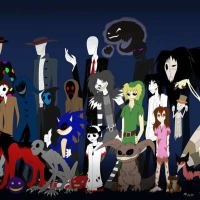

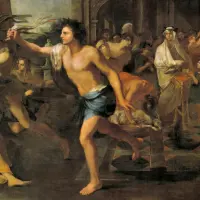
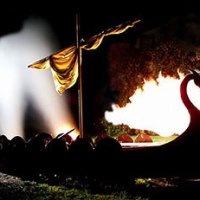



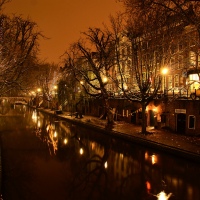
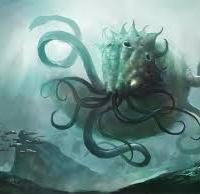

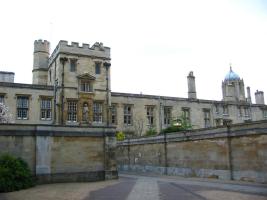
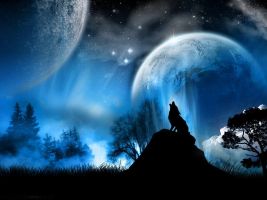

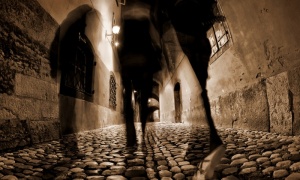


I read the text sitting by a half blind lamppost . I liked the thread of the post